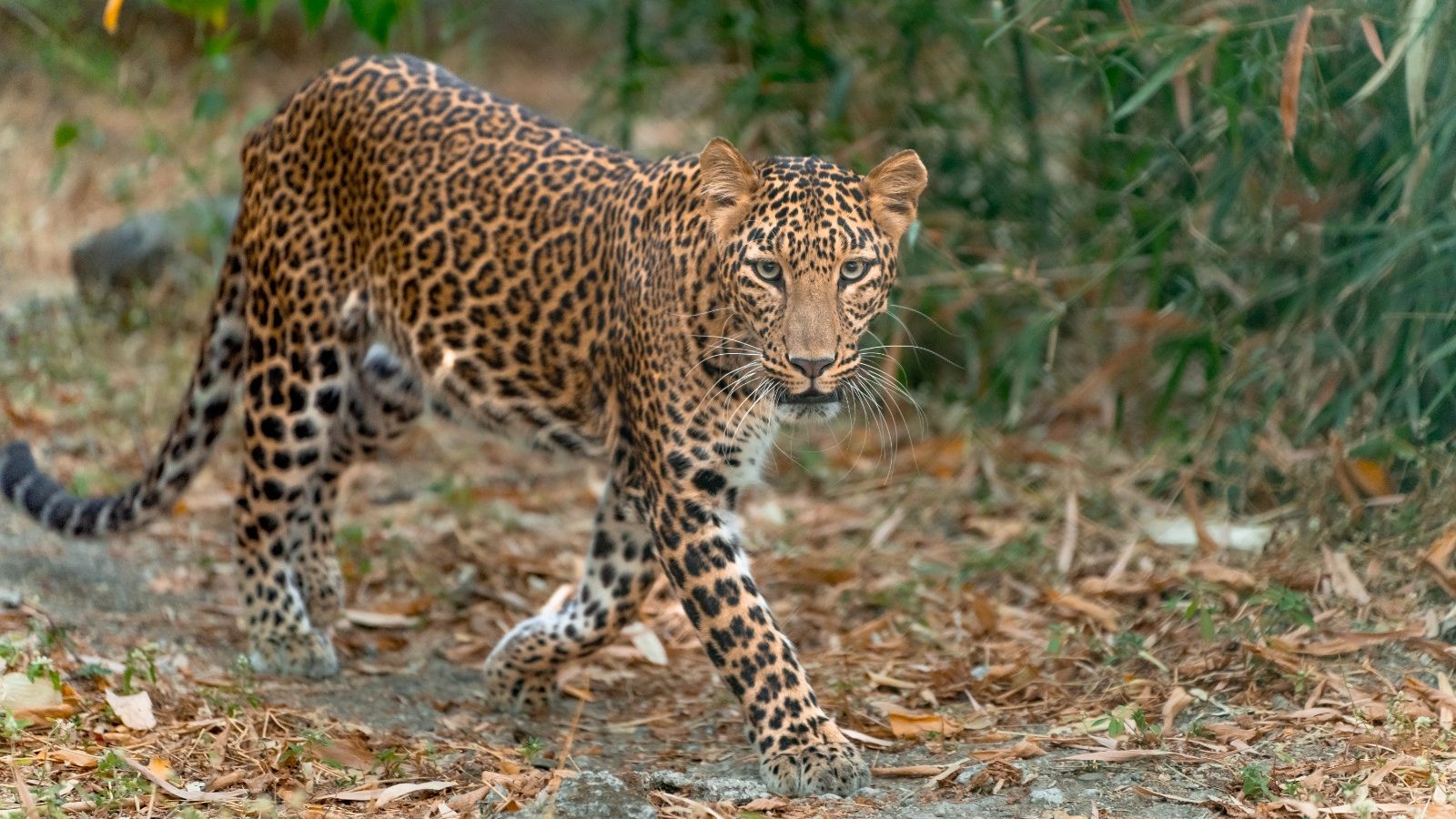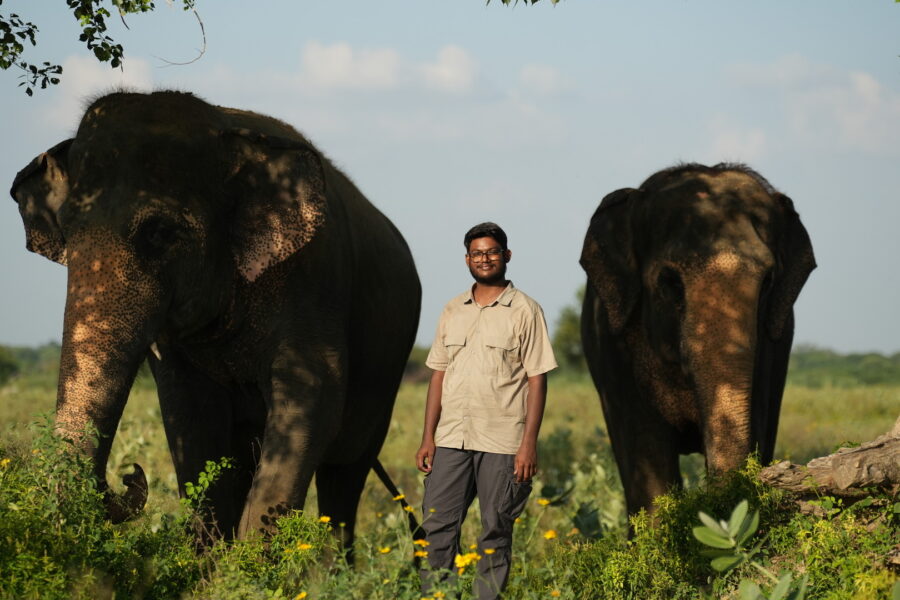Leopards (Panthera pardus) have managed to captivate humans through their elegance and agility. While they are known for their elusive nature and striking physical features, these felines have managed to stand out from the other big cats in terms of their adaptability in the different environments they are present in.
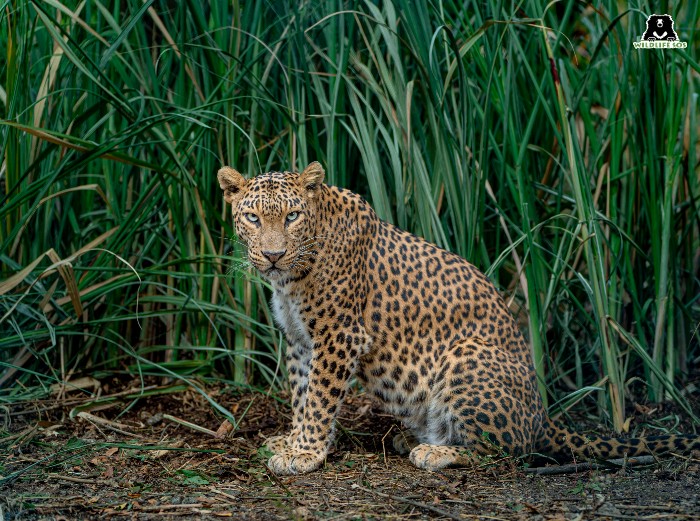
Globally, leopards exist in a variety of habitats across Africa and parts of Asia, which includes forests, subtropical and tropical regions, savannahs, grasslands, deserts, and rocky and mountainous regions. As solitary animals, they stay well-camouflaged during the daytime, often on branches of trees. The lone predators begin to descend at night to hunt. Abundance of prey within their territories therefore makes their wild habitat an ideal environment for a leopard.
However, over the years, the number of reports on sighting leopards within human-dominated areas in India have been on the rise. A major reason behind these unexpected encounters in urban settlements has to do with the rapid alterations being made to the existing leopard habitat. Let’s understand how.
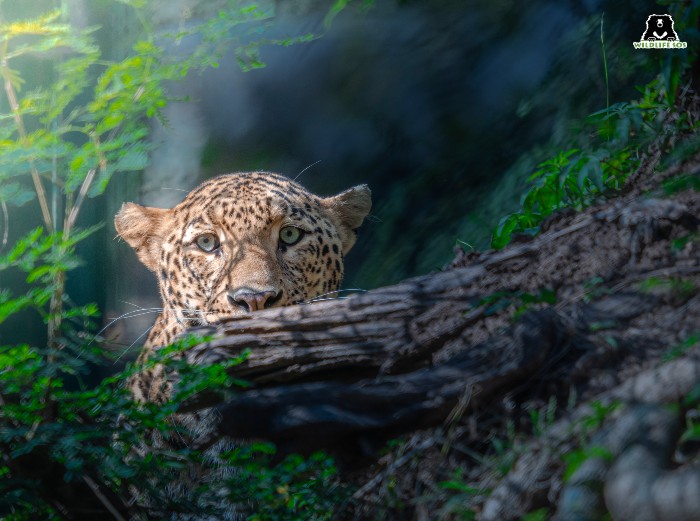
Concrete Jungles are the New Forests
In many cities, leopards have been found in abandoned parks and buildings that make for perfect hideouts, from where they can also prey on stray dogs, cats and cattle conveniently. They retain their nocturnal behaviour and avoid lingering close to where human activity takes place. The following factors are forcing leopards to adapt in human inhabited areas:
- Deforestation and Human Population Expansion
According to Global Forest Watch, India has lost 2.33 million hectares of tree cover between 2000 and 2023. A large number of trees, farmlands and forests are cut down every year to build infrastructure such as residential buildings, offices, factories, and roadways to accommodate the rising human population in our country. Deforestation therefore pushes out many wild animals out of their natural habitats in search for an appropriate alternative.
- Decreasing Prey
The above mentioned points lead to a dire consequence for leopards. Leopards prey on animals like deers, wild boars and monkeys in the jungle. But due to habitat loss and fragmentation, natural prey is becoming rare to find. As a result, leopards are finding spaces outside of their remaining jungles in search of food to survive.
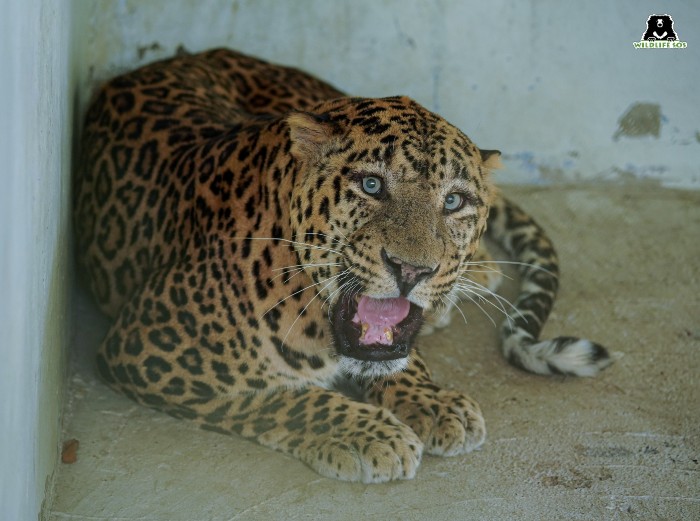
Other Anthropogenic Threats to Leopards
According to the International Union for Conservation of Nature (IUCN)’s assessment, the Indian leopard population has declined by 24.5% over the last three generations. While range reduction has threatened the population of leopards, there’s more that haunts this wild cat’s survival:
- Illegal Wildlife Trade
Leopards are being poached by traffickers for their fur and bones, so that these can be used to make traditional medicines. Many also consider these big cats as status symbols, which leads to their illegal trade.
- Human-Wildlife Conflict
In India, cases of human-leopard conflicts have raised concerns over the last few years. These situations are dealt with ignorance, and causes panic and harm to both humans and wildlife when they encounter each other. This is one of the reasons why Wildlife SOS works closely with the forest officials of different state departments to ensure the safety of the big cat as well as the residents, and spread awareness among people.
- Open Wells
Over the last few years, there have been multiple operations conducted to rescue leopards from open wells that are prevalent in the state of Maharashtra. Leopards and other nocturnal animals active at night accidentally stumble into these deep, uncovered wells that are often difficult for them to detect. If left this way, it can lead to fatal consequences for wildlife. With a number of animals becoming victims of these manually created wells, Wildlife SOS started the open wells conservation project in 2022 which is ongoing in Maharashtra. The aim is to cover the open wells in such a way that while it protects leopards and other animals from falling, it can also allow people to access water to meet their essential needs.
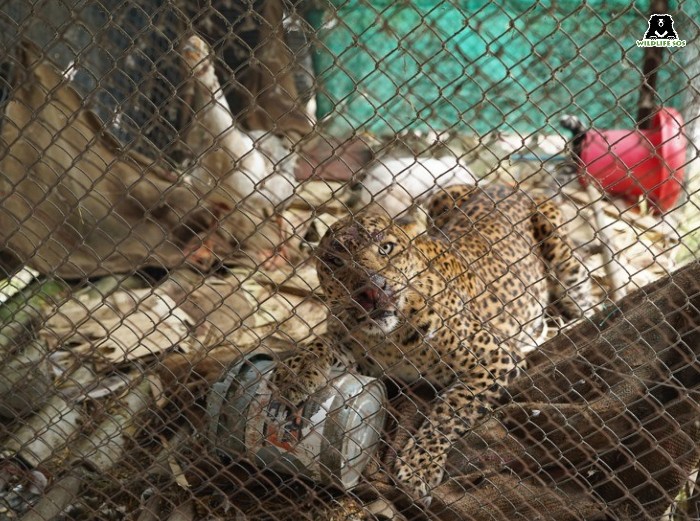
Unexpected encounters with wild animals are often tackled with haste and insensitivity. Leopards, by their nature, do not consider human beings as prey, however, their defensive response to threat can cause widespread alarm and anxiety among people. Awareness sessions held by Wildlife SOS are meant to dispel fear, impart knowledge on leopard habitat and behaviour, and guide locals residing close to forest locations on the do’s and don’ts after spotting a leopard. With leopards now being found where humans reside, it is important to remember that these territorial animals are fast losing their own natural homes.
To help Wildlife SOS carry out initiatives to save the Indian leopard population, consider making a donation!

